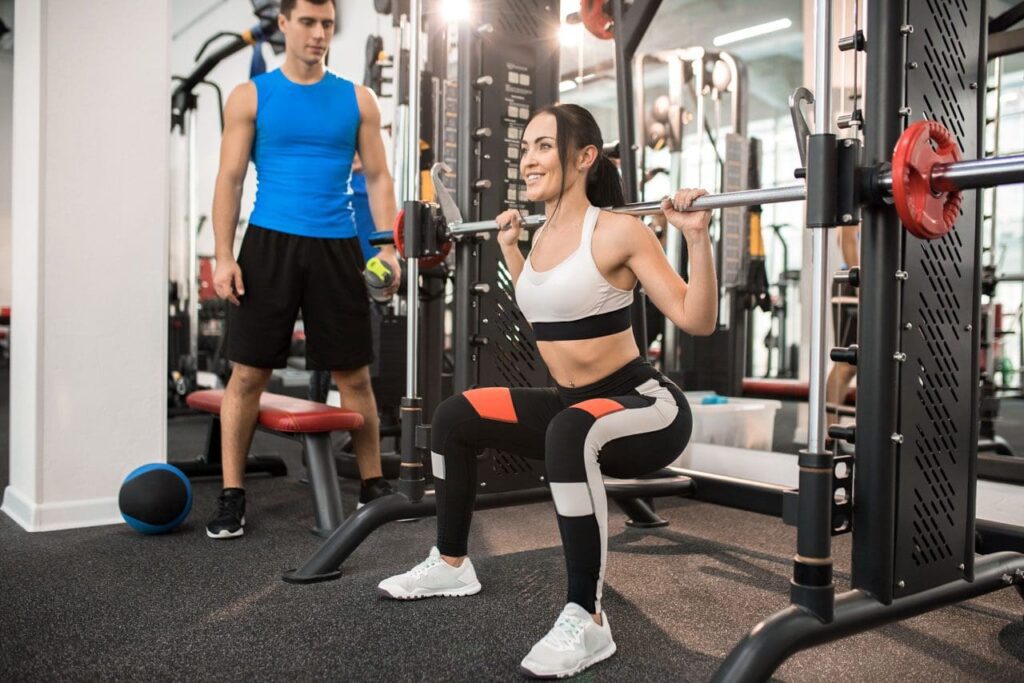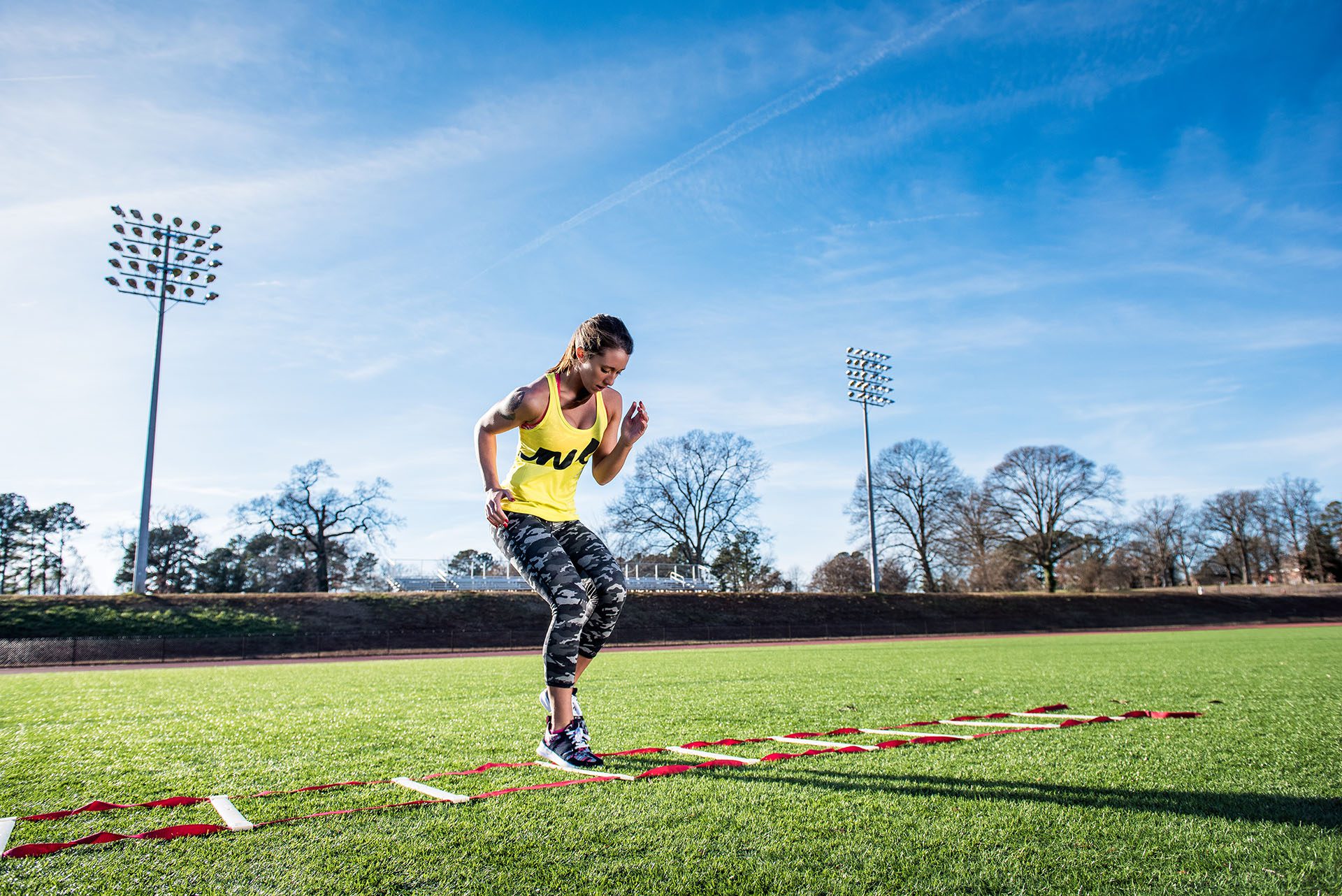Athletes and Chiropractic Athletic Performance Care

Optimizing Athletic Performance through Sport-Specific Training and Integrative Chiropractic Care
Developing high performance in sports is not just about lifting heavy weights or logging miles. True athletic excellence combines movement specificity, structural integrity, and integrative therapies to achieve optimal performance. Sport-specific training tailors strength, power, agility, and skill drills to your exact sport movements, while chiropractic and integrative care support joint alignment, nerve health, soft tissue recovery, and systemic balance.
Clinics such as ChiroMed often pair these approaches: delivering corrective chiropractic work, injury management, and rehabilitation—while helping athletes train smartly, safely, and effectively. This synergy enables athletes to recover from injuries more quickly, prevent future breakdowns, and sustain peak performance over time.
In this article, you’ll learn:
- What sport-specific training includes
- Why structural and nervous system health matters
- How chiropractic and integrative modalities enhance sport training
- A practical roadmap for combining these methods in an injury-aware clinic setting
What Is Sport-Specific Training?
Sport-specific training is more than just athletic exercise. It is purposeful training designed to replicate the key demands—mechanics, speed, force, endurance—of the particular sport or activity (Simplifaster, 2023; Island Sports PT, 2024).
Rather than generic weightlifting or cardio, the athlete performs drills and movements that most closely mirror in-game or on-field demands.
Examples
- A volleyball player works on spiking kinetics and jump timing
- A baseball pitcher practices rotational core drills and deceleration
- A soccer player trains change-of-direction under fatigue
- A football lineman drills sled pushes and blocking form
- A track athlete practices acceleration and plyometric bounding
Core Elements
- Strength & Stability—Target muscles and joint support systems relevant to sport demands
- Explosive Power—Plyometrics, resisted jumps, medicine-ball throws, etc. (Keiser, 2024)
- Agility & Speed—Cone drills, ladder work, shuttle runs, reaction tasks (Sensory Stepping Stones, 2024)
- Endurance/Conditioning—Sport-specific intervals, circuits, tempo work (Adrenaline SPT, 2024)
- Skill & Motor Practice—Repetition of specific movement patterns (Island Sports PT, 2024)
- Balance & Proprioception—Stability work, unilateral drills, dynamic balance (TRX Training, 2024)
With progression and proper structure, these components coalesce into performance gains that directly translate into improved sport performance.
Why Structural & Nervous System Health Is Essential
Even the best-designed sports training fails when structural or nerve systems are compromised. Joints that do not move properly, spinal misalignments, and nerve impingements all reduce performance, increase the risk of injury, and slow recovery.
Spinal & Joint Integrity
The spine is the central pillar through which force and information flow. Misalignments, joint restrictions, or segmental dysfunction disrupt biomechanics and impair the transfer of force. Chiropractic adjustments help restore alignment and segmental mobility, enabling more efficient movement (e.g., as seen in ChiroMed’s services, as per their website information).
Soft Tissue & Connective Health
Muscles, fascia, tendons, and ligaments often carry strain, scar tissue, or adhesions, especially in high-performance settings. Techniques like myofascial release, trigger-point therapy, instrument-assisted soft tissue mobilization, and sports massage help reduce restrictions, promote circulation, and restore tissue extensibility.
Nerve & Proprioceptive Function
Movement originates in the nervous system. The alignment and health of the spine and joints influence nerve conductivity, reflex arcs, and proprioception (the body’s ability to perceive position and movement). When nerve flow is optimized, reaction times, coordination, and balance improve.
Recovery & Inflammation Management
Integrative support, including nutrition, anti-inflammatory protocols, laser therapy, and acupuncture, helps reduce systemic stressors, accelerate tissue repair, and mitigate training fatigue. Without these supports, microtrauma accumulates, hindering performance.
Injury Prevention & Adaptation
Regular structural checks, movement screens, and integrative therapies help identify and correct compensation patterns before they develop into injuries. Over time, this proactive model supports longevity in sport.
Integrative Sport Training & Chiropractic: A Practical Framework
A performance- or injury-aware clinic (like a ChiroMed-style practice) can implement a combined model to help clients—or athletes—train safely and recover more effectively. Below is a phased roadmap:
Phase 1: Assessment & Baseline Mapping
- Health and injury history, biomechanics, and movement screening
- Imaging or diagnostic tests, if needed
- Identify joint restrictions, muscular imbalances, asymmetries, and neural deficits
Phase 2: Structural Reset & Tissue Preparation
- Chiropractic adjustments to restore spinal and joint motion
- Soft tissue therapies to relieve myofascial restrictions
- Gentle mobility and activation drills to reestablish neuromuscular engagement
Phase 3: Foundational Strength & Movement Control
- Introduce core and stability-focused movements
- Emphasize technique, symmetry, and proper muscle recruitment
- Begin loading in safe ranges, gradually increasing demands
Phase 4: Sport-Specific Integration
- Introduce sport-oriented drills (agility, power, reactive movements)
- Monitor fatigue, compensation, and structural stress
- Adjust training based on structural feedback from chiropractic/therapy
Phase 5: Peak Performance Tuning
- Full-speed drills, complex movement sequences, mimic competition conditions
- Light structural “tune-ups” in between sessions
- Use integrative recovery modalities (e.g., soft tissue work, cold therapy, nutrition)
Phase 6: Maintenance & Longevity
- Periodic assessments and adjustments
- Movement refresh sessions to prevent regression
- Lifestyle and recovery coaching to support long-term function
This model ensures performance training is built on a structurally stable foundation, reduces breakdown risk, and enhances durability.
Case Example
Athlete Profile: A competitive tennis player struggles with recurrent hip pain and reduced serve velocity.
Approach:
- Diagnostic phase: movement and biomechanical analysis reveal pelvic misalignment, reduced hip internal rotation, and glute weakness.
- Structural reset: chiropractic alignment of the pelvis and lumbar spine, soft tissue work on hip flexors and glutes.
- Foundation training: single-leg glute work, hip stabilizers, core control
- Power/speed integration: medicine-ball rotational throws, sprints, explosive lateral motions
- Sport drills: serve mechanics, directional footwork under fatigue
- Support care: nutritional guidance, recovery therapies, periodic soft tissue and joint checks
Over time, the athlete regains strength, improves serve speed, and avoids recurring hip flare-ups.
Benefits & Outcomes
- Improved speed, power, agility, and coordination
- Faster recovery from injury or heavy training
- Reduced risk of chronic joint or soft tissue breakdown
- Enhanced neuromuscular synchronization and balance
- Greater consistency in performance
- A holistic model supporting structural, tissue, and systemic health
Conclusion
Sport-specific training is essential for translating general strength into usable performance. But without integrating structural care and nervous system optimization, athletes leave potential on the table and expose themselves to breakdown.
By combining chiropractic alignment, soft tissue care, integrative recovery support, and meticulously designed sport-specific drills, clinics modeled after ChiroMed can provide athletes and active individuals a path to stronger performance, fewer injuries, and greater longevity in their pursuits.
References
- ChiroMed. (n.d.). Chiropractic treatment and movement restoration.
- ChiroMed. (n.d.). Price list – Chiropractic, physical therapy & massage.
- Island Sports PT. (2024). Sports-specific physical therapy and training.
- Keiser. (2024). A guide to power training for all levels.
- Sensory Stepping Stones. (2024). What is speed, quickness, and agility (SQA) training?
- Simplifaster. (2023). How to do sports-specific training the right way.
- TRX Training. (2024). Functional training for clients.

